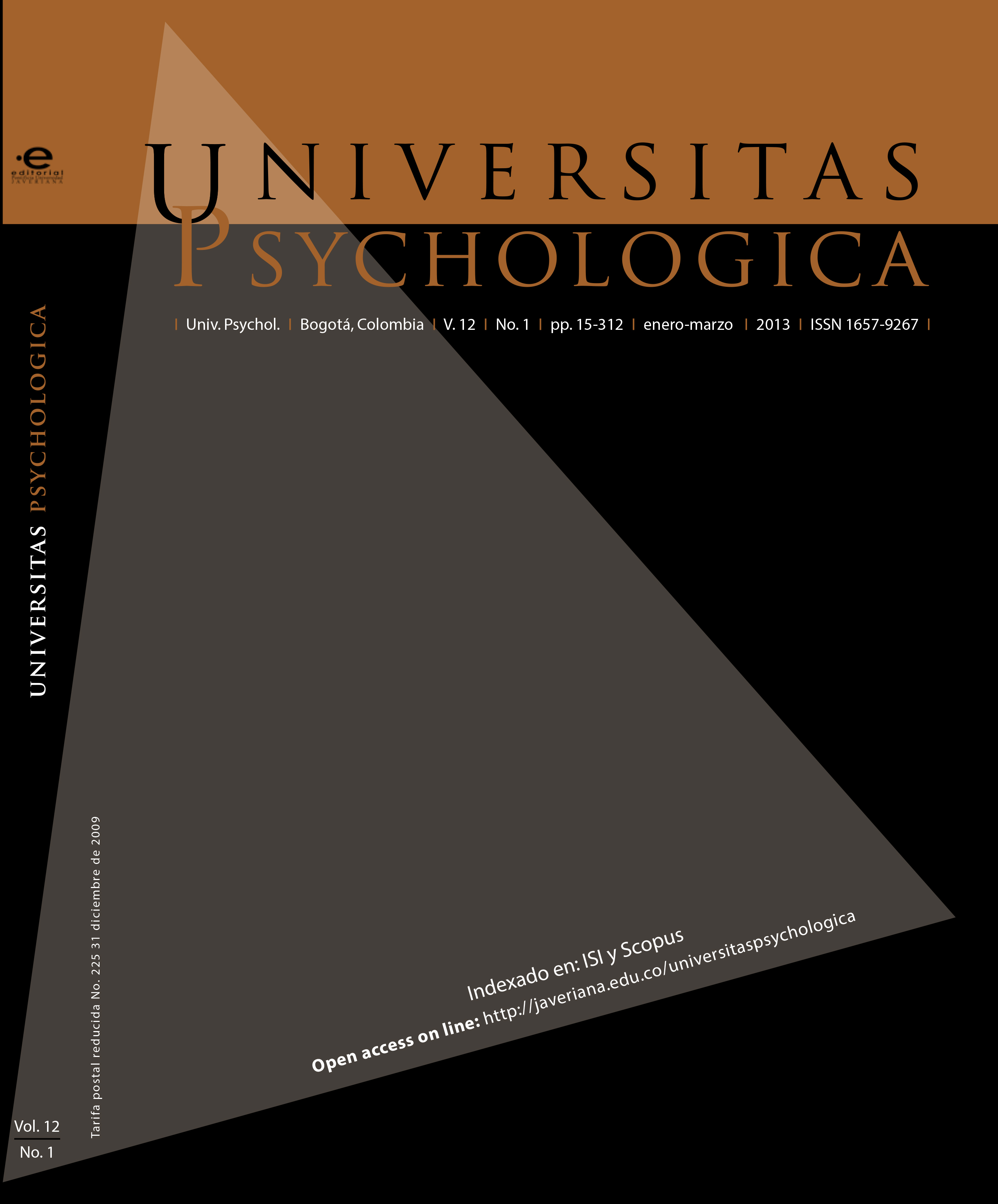Resumen
Recientes estudios del ámbito del marketing ponen de manifiesto la necesidad de incrementar la investigación empírica sobre las actividades desarrolladas por los consumidores en los centros comerciales, con el objeto de obtener una mejor comprensión de las variables que explican el comportamiento de estos. La metodología de segmentación CHAID (chi-square automatic interaction detection) se ha utilizado con el objeto de identificar los perfiles de los consumidores en relación con las actividades que desarrollan en los centros comerciales, con base en variables sociodemográficas y de comportamiento (cómo y con quién van a los centros comerciales). Una muestra de 790 sujetos contestaron un cuestionario on-line. El análisis CHAID de los resultados permite identificar los perfiles de los consumidores con respecto a sus actividades en dichos centros. Del conjunto de variables analizadas, el transporte utilizado y la frecuencia de las visitas son los principales predictores de la conducta en los centros comerciales. Los resultados obtenidos proporcionan directrices para el desarrollo de estrategias que faciliten la atracción y fidelización de los consumidores a los centros comerciales.
Esta revista científica se encuentra registrada bajo la licencia Creative Commons Reconocimiento 4.0 Internacional. Por lo tanto, esta obra se puede reproducir, distribuir y comunicar públicamente en formato digital, siempre que se reconozca el nombre de los autores y a la Pontificia Universidad Javeriana. Se permite citar, adaptar, transformar, autoarchivar, republicar y crear a partir del material, para cualquier finalidad (incluso comercial), siempre que se reconozca adecuadamente la autoría, se proporcione un enlace a la obra original y se indique si se han realizado cambios. La Pontificia Universidad Javeriana no retiene los derechos sobre las obras publicadas y los contenidos son responsabilidad exclusiva de los autores, quienes conservan sus derechos morales, intelectuales, de privacidad y publicidad. El aval sobre la intervención de la obra (revisión, corrección de estilo, traducción, diagramación) y su posterior divulgación se otorga mediante una licencia de uso y no a través de una cesión de derechos, lo que representa que la revista y la Pontificia Universidad Javeriana se eximen de cualquier responsabilidad que se pueda derivar de una mala práctica ética por parte de los autores. En consecuencia de la protección brindada por la licencia de uso, la revista no se encuentra en la obligación de publicar retractaciones o modificar la información ya publicada, a no ser que la errata surja del proceso de gestión editorial. La publicación de contenidos en esta revista no representa regalías para los contribuyentes.


